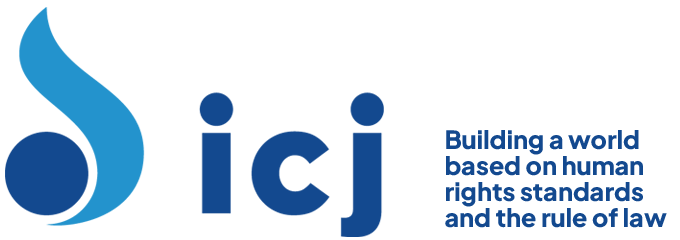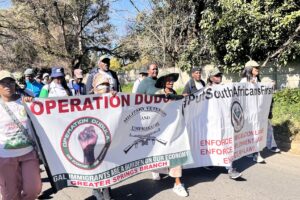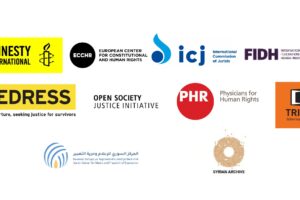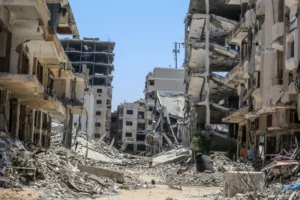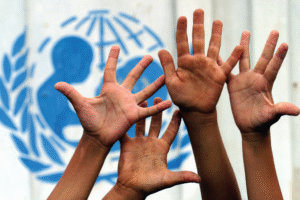III. Current manifestations of violence against women and girls
C. Violence against women in the community
3. Violence against lesbian and transgender women
22. Although the Special Rapporteur heard little from interviewees on the situation of lesbian, transgender and intersex women, she was nonetheless made aware of cases of homophobic hate crimes which occurred around the time of Pride marches, when lesbian and transgender women are more visible. Although the police provide some security at these events, attacks on participants after the parade in other parts of the cities have been frequently reported to LGBT (lesbian, gay, bisexual and transgender) organizations, as happened in Zagreb in 2007 and 2010, and in Split in 2011.{{9}} Violent incidents took place during the 2011 Split Pride March, where more than 3,500 counter-protestors shouted violent threats and threw stones and bottles at participants. Due to those incidents, the Split City Council issued a decision refusing permission for the 2012 Pride March to take the same route, in order to avoid violent incidents. However, the Ombudsperson for Gender Equality intervened and challenged the City Council’s decision, prompting the City Council to rescind its decision. The march was held without incident.
23. There are other types of homophobic hate crimes which have been denounced by civil society where the victims – both men and women – were physically assaulted, usually during the night, by one or more aggressors. Most of them ended with the same results: ineffective action by the police, no registering of the case, loss of documents and classification of the act as a minor offence in spite of the injuries sustained.
24. The Criminal Code at the time of the visit (article 89) defines hate crime as any criminal offence included in the Code committed with a hate motive on the basis of a personal characteristic. Sexual orientation is explicitly mentioned as a personal characteristic on the basis of which a hate crime can be perpetrated, but the ground of gender identity is not included.
IV. State response to violence against women
A. Developments in the legislative framework
31. In 2008, the Parliament adopted the Gender Equality Act, which includes the general prohibition of discrimination on the grounds of sex, marital or family status and sexual orientation. The Act extends the area of prohibition of discrimination in the fields of employment, labour and education, and lays out the obligation to promote the raising of public awareness concerning the equality of men and women, and to keep statistics that are disaggregated by gender. The Act prescribes the obligation to establish commissions for gender equality in the counties and in the City of Zagreb, and the obligation to secure funds for their work. Improvements have been introduced in the area of protection against discrimination including through the use of class actions, the shifting of the burden of proof and the principle of urgency of court proceedings.
Link to full text of the report: Report-SRVAW-Croatia-2013-eng
[[9]]9. Amnesty International, Inadequate Protection: Homophobic and Transphobic Hate Crimes in Croatia (London, 2012); see also Human Rights Watch, “Croatia: don’t force change in Pride March route: threat of violence requires protection, not interference”, news release, 31 May 2012.[[9]]
